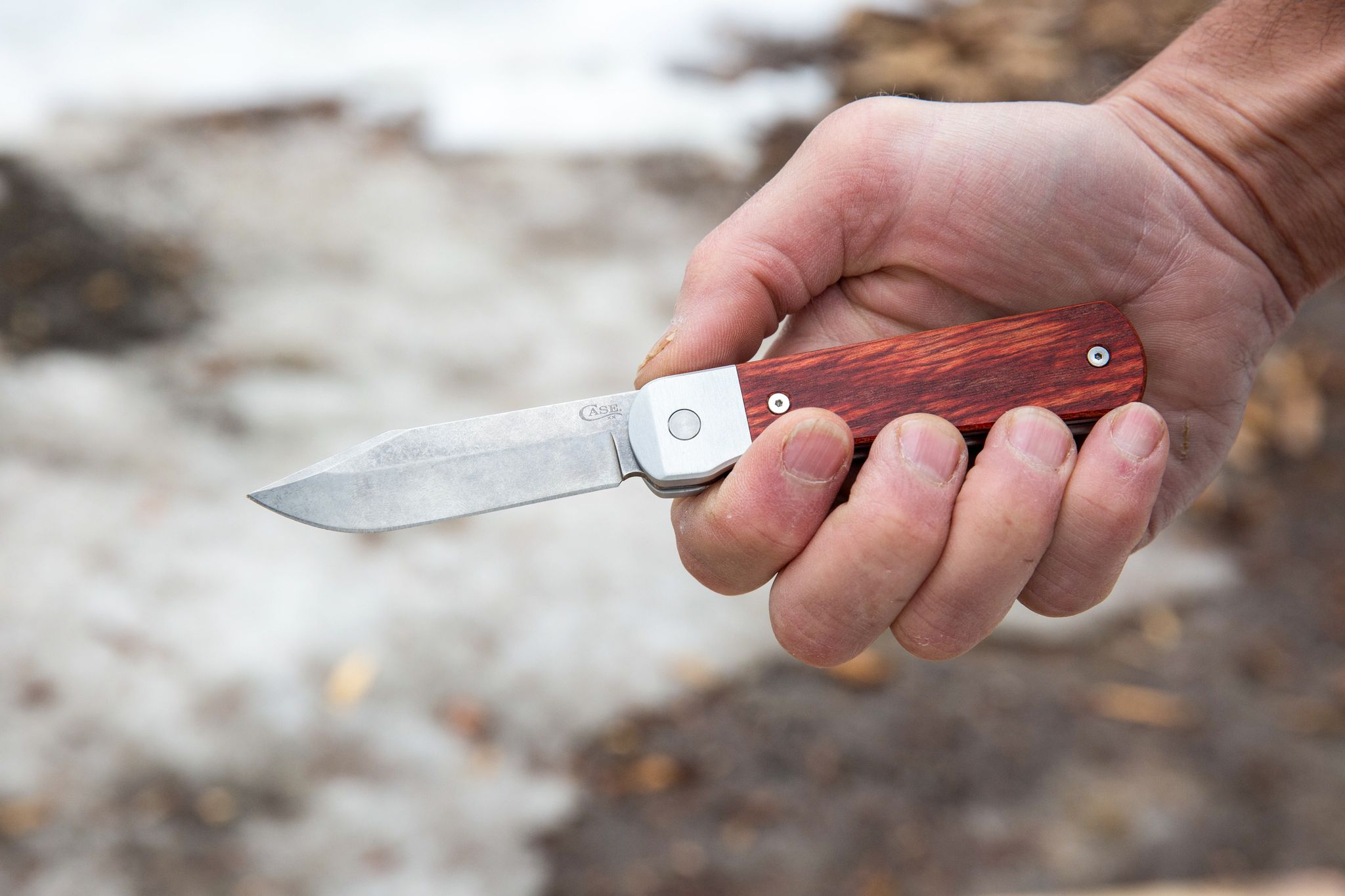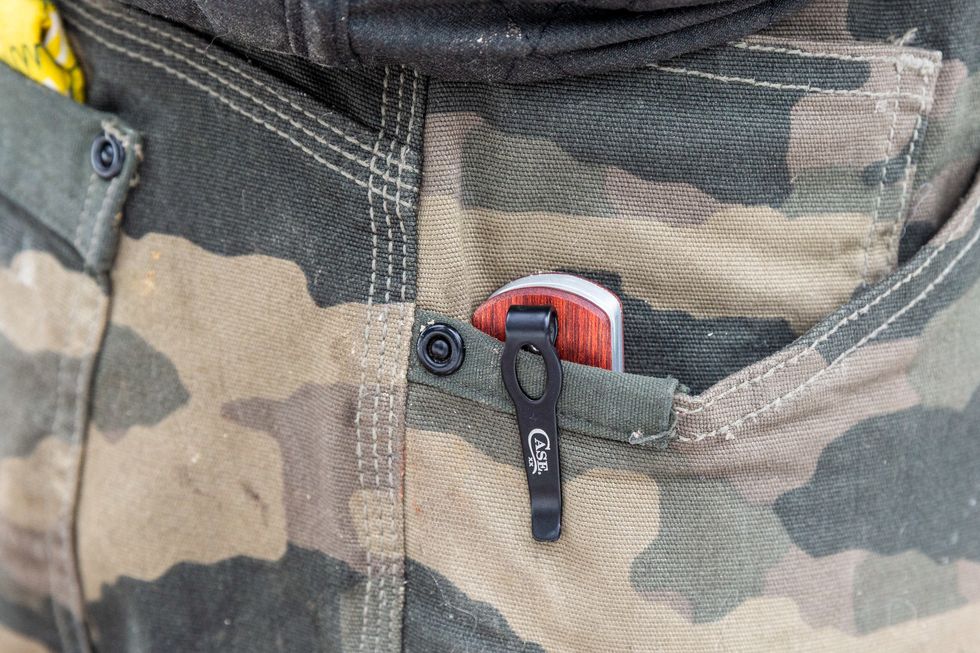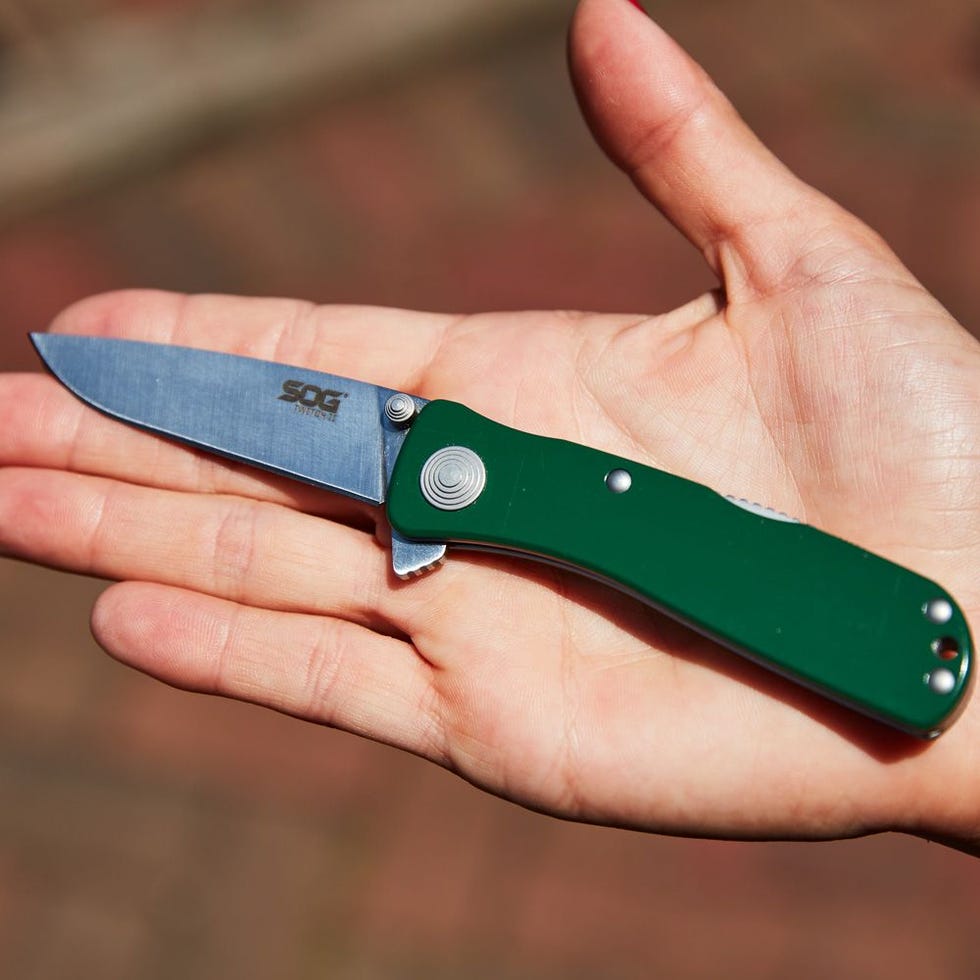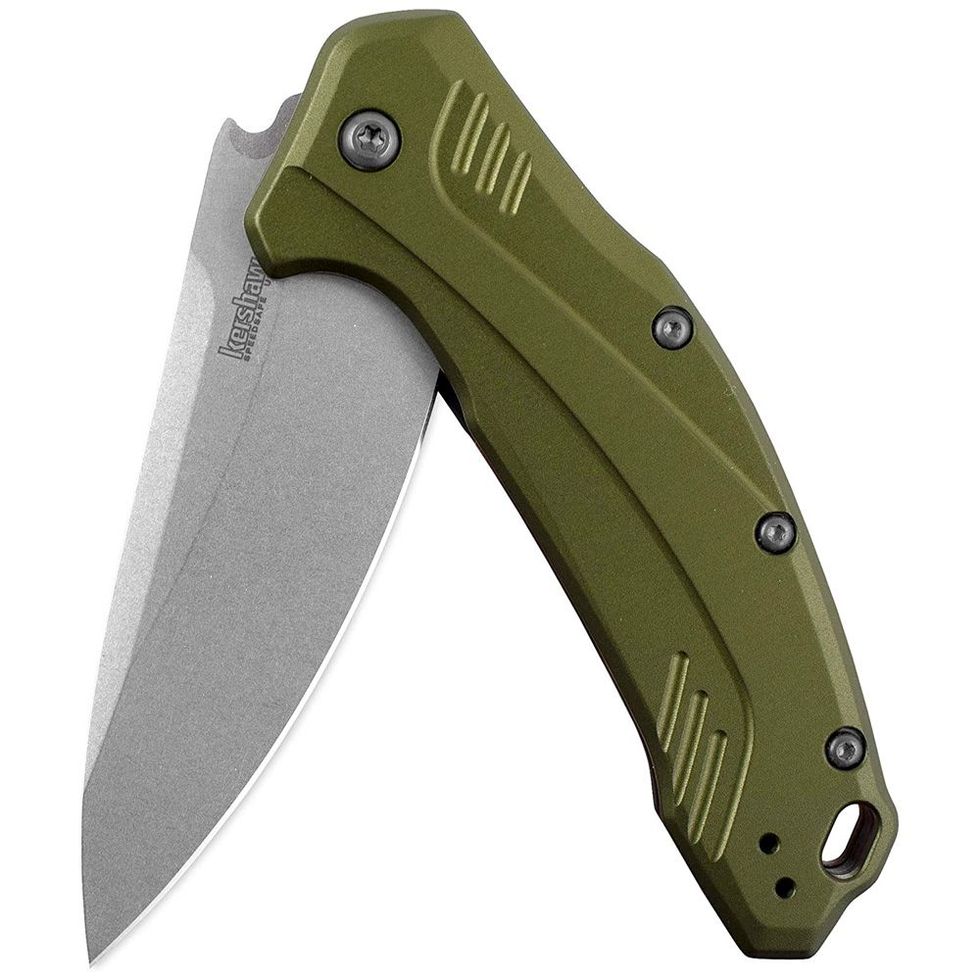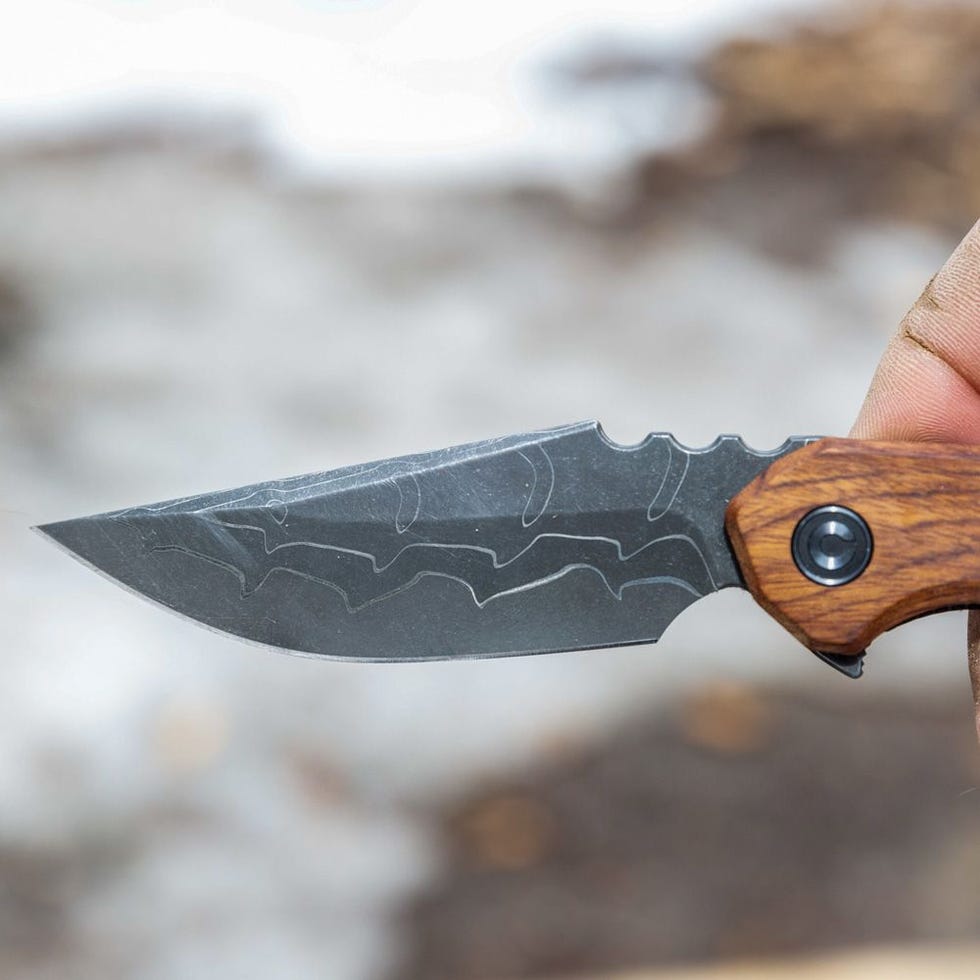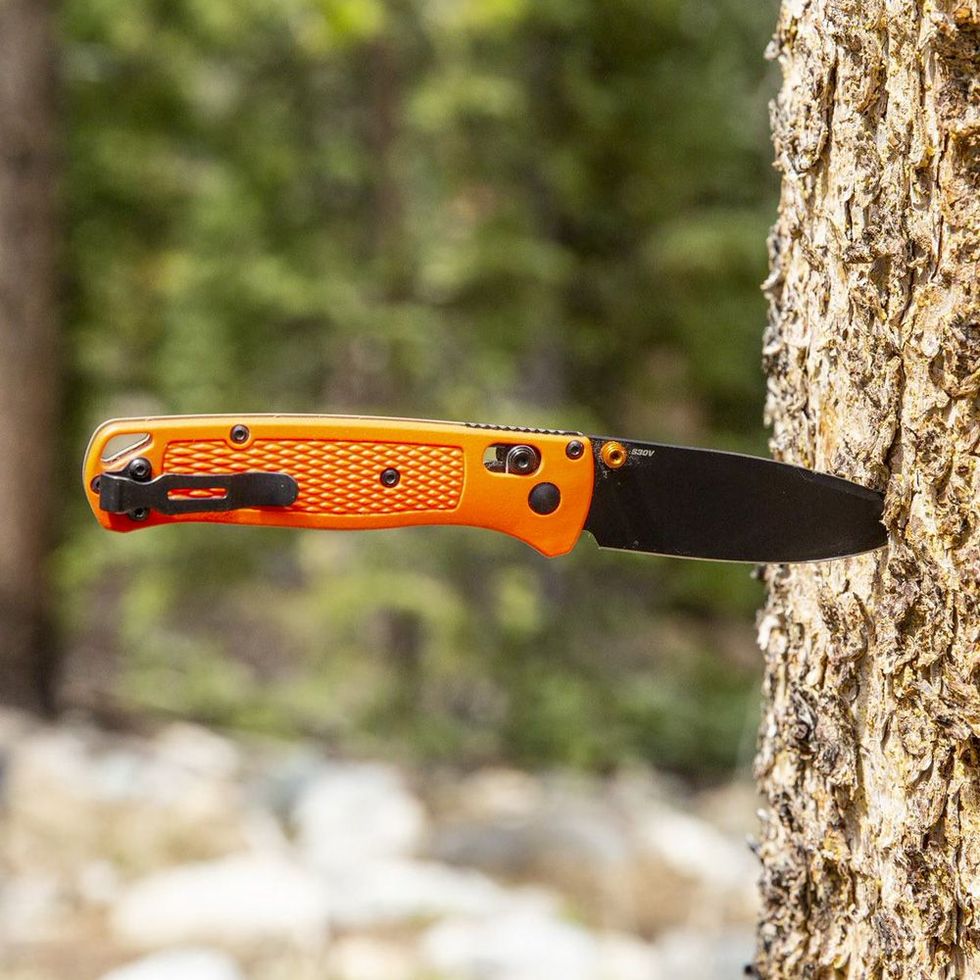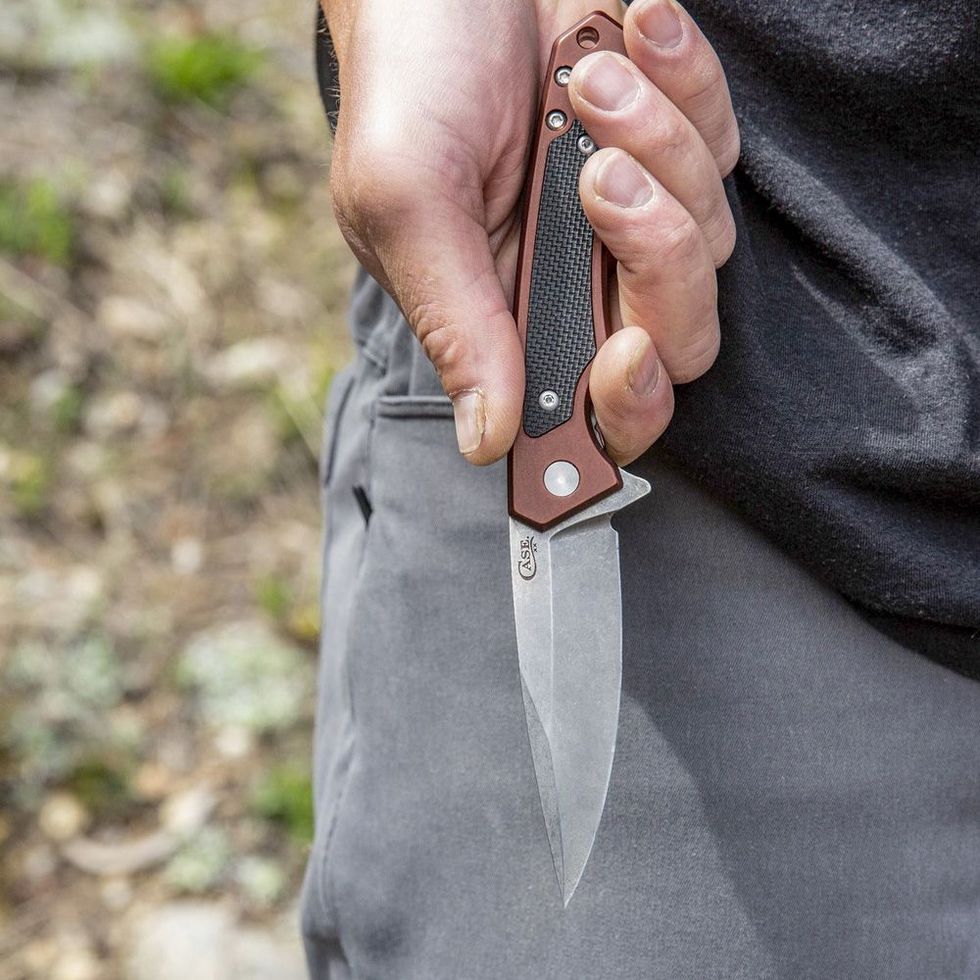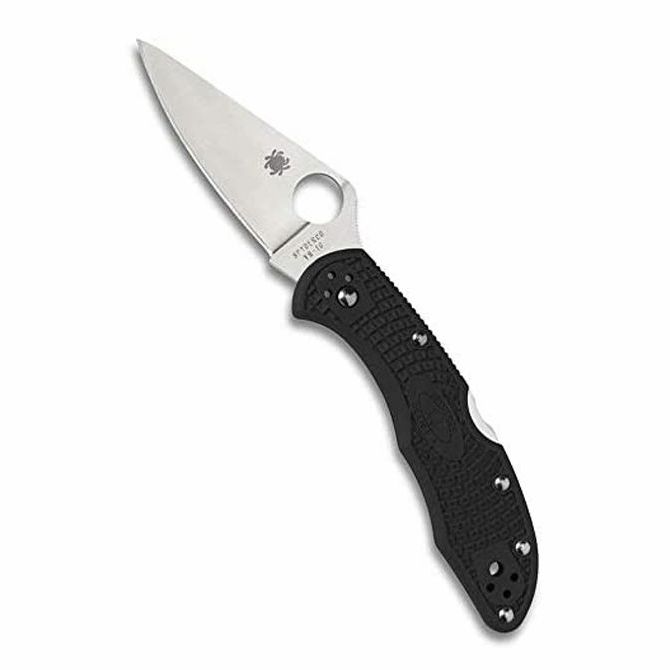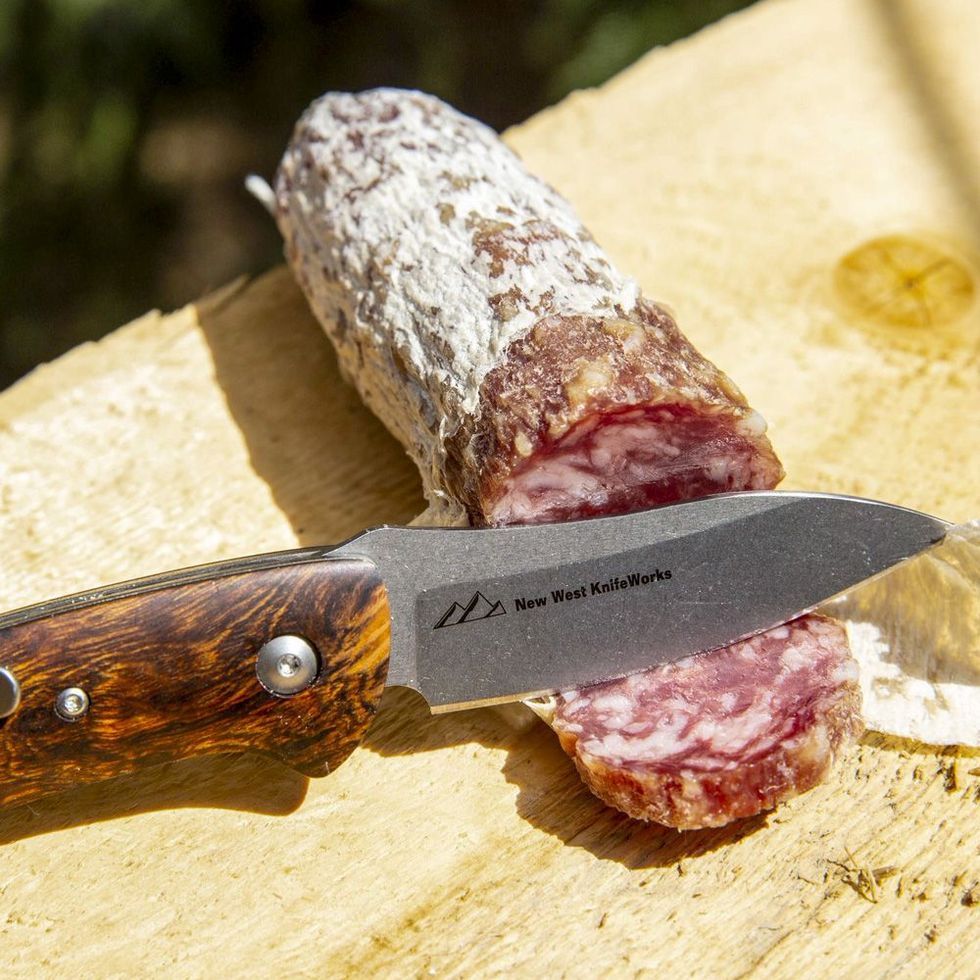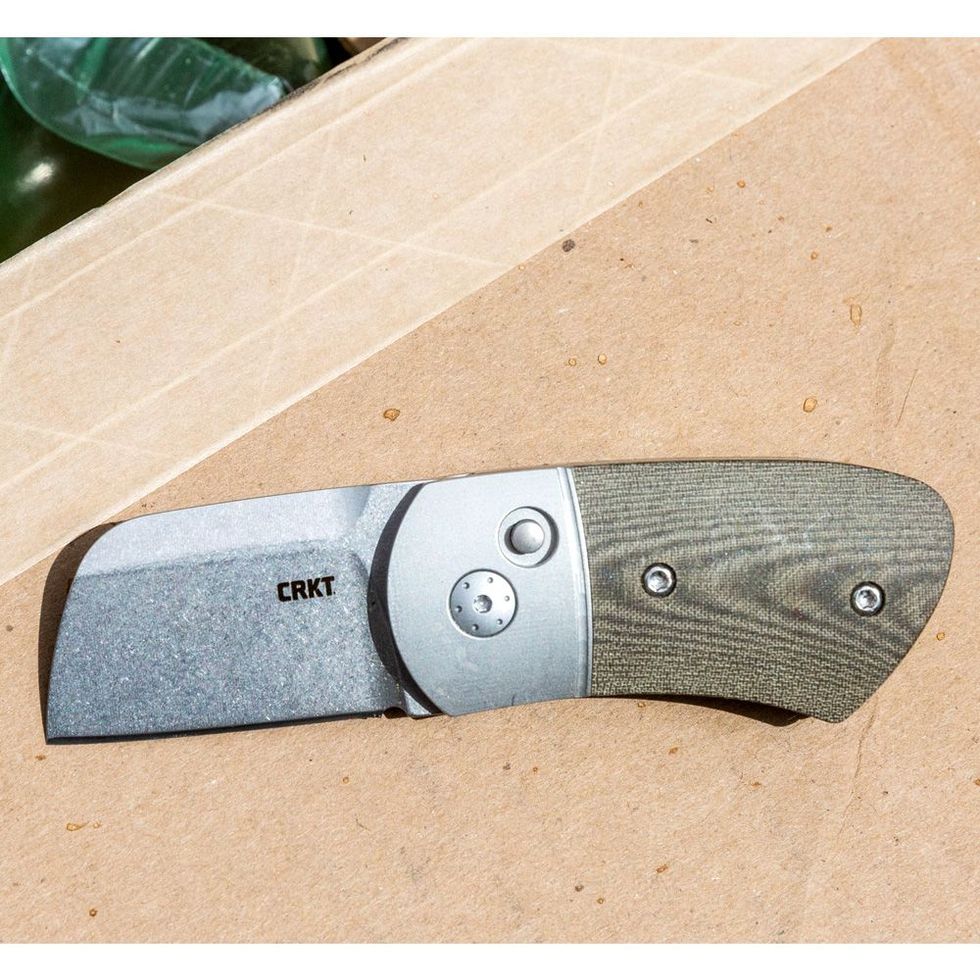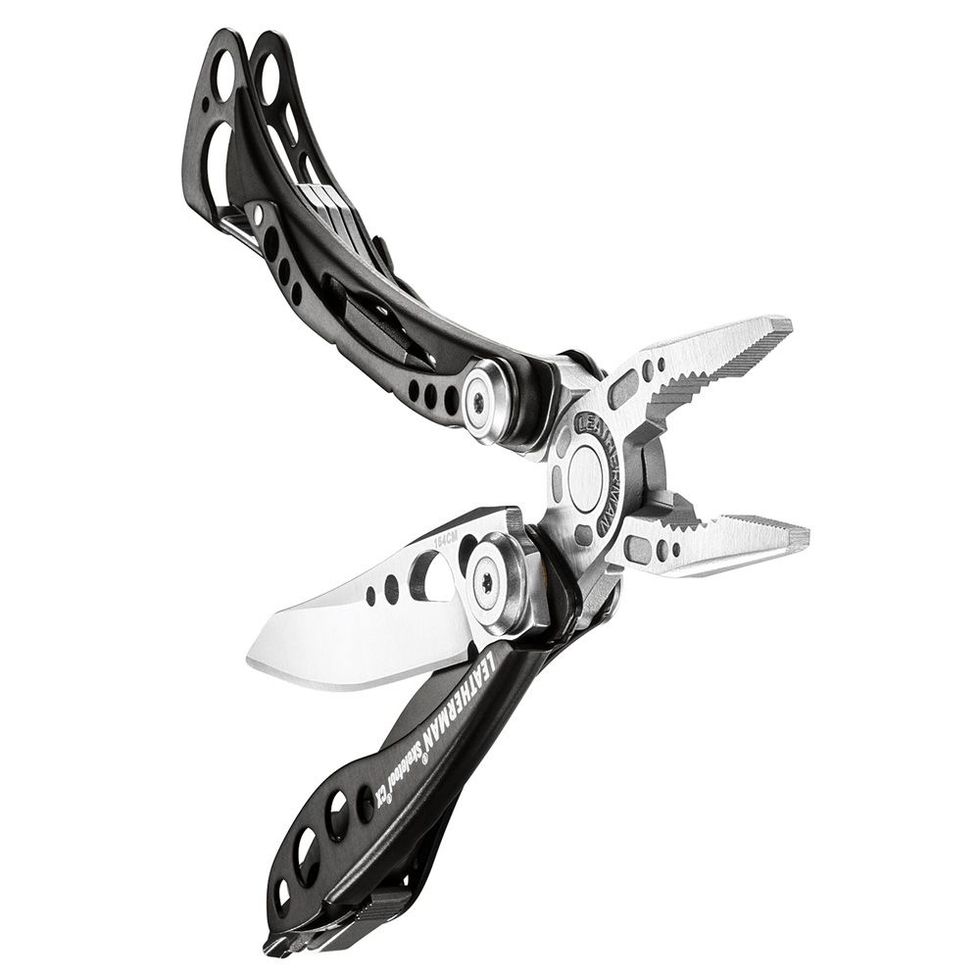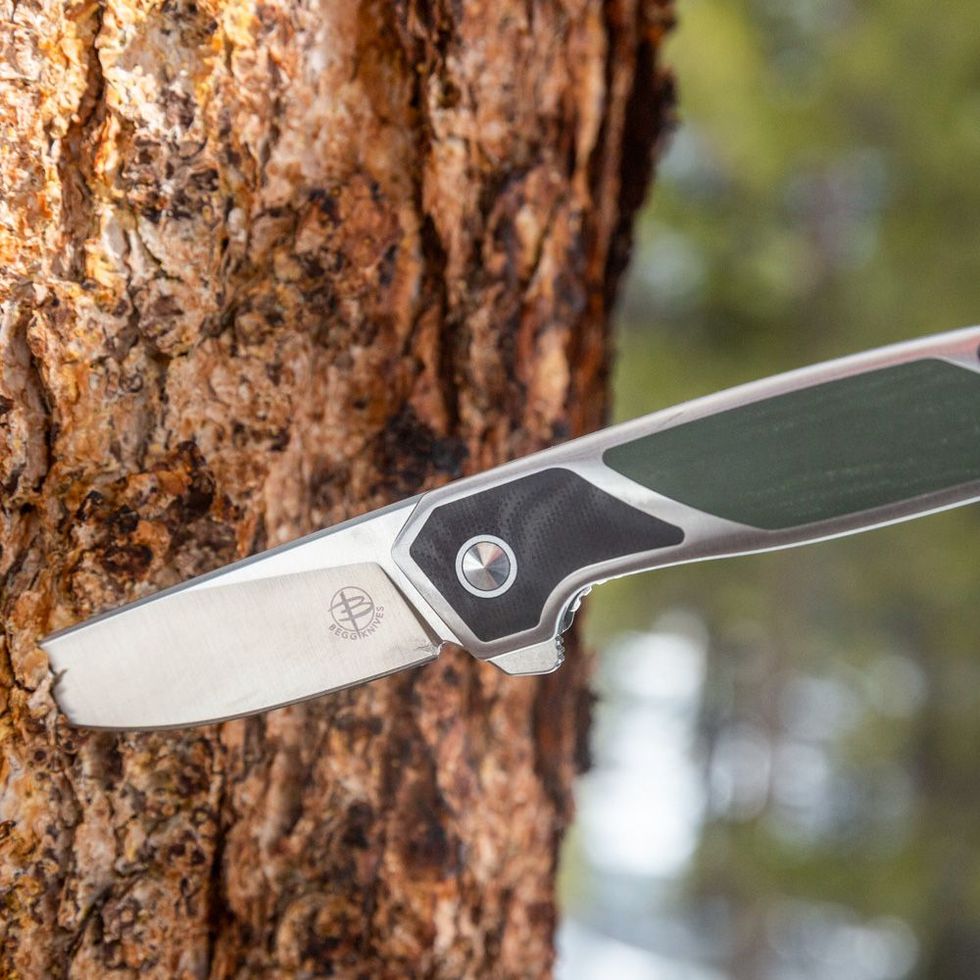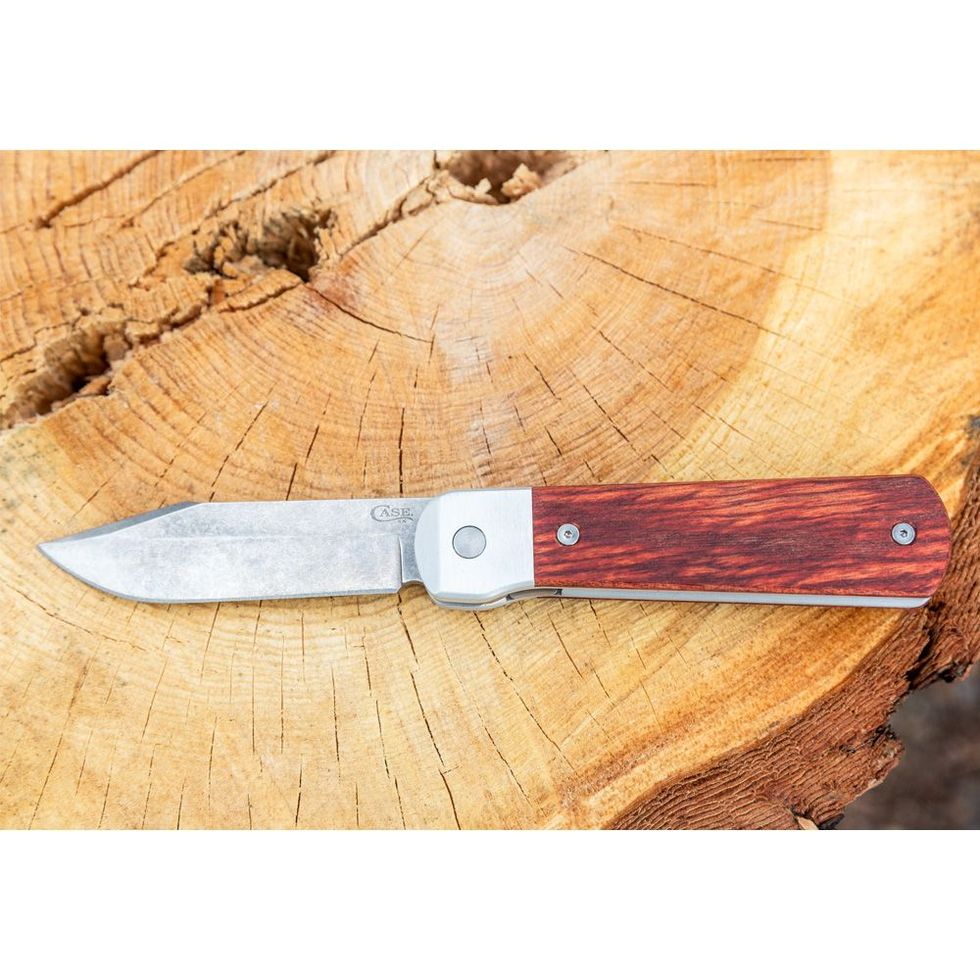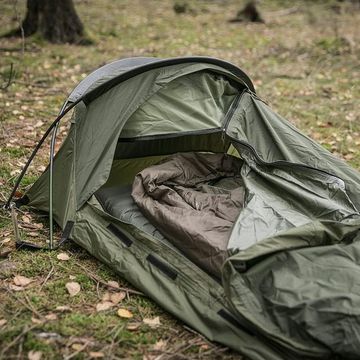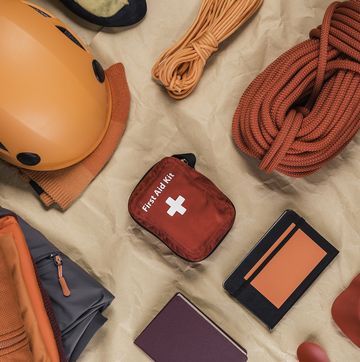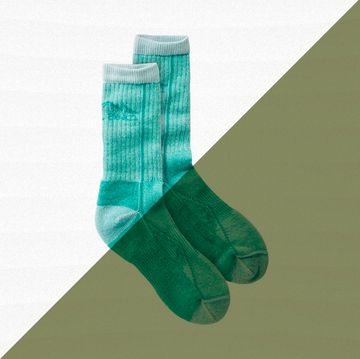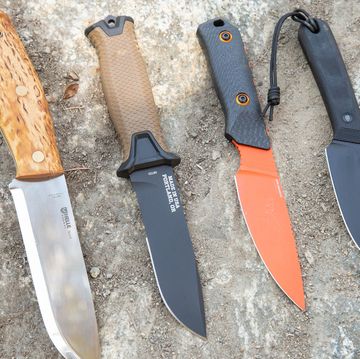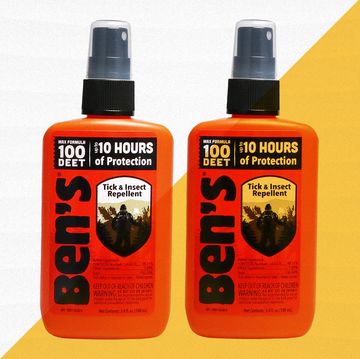Gear-obsessed editors choose every product we review. We may earn commission if you buy from a link. Why Trust Us?
The 13 Best Pocket Knives to Carry Every Day
A knife is one of the most convenient and useful tools you can carry. These are the ones worth buying.
I’d argue that a pocket knife is essential equipment for everyday life and has been for centuries. While the average person might use it more for opening Amazon boxes these days than the demands of rural life, almost anyone can benefit from carrying a blade whether you live on a farm or a city block.
While almost any knife small enough for pocket carry will give you a diverse range of benefits, it’s the design, size, style, and features that make a big difference in how it fits your lifestyle. Trust me, when you carry and wield something every day, you develop strong preferences around it.
While pocket knives of old would often fold, they didn’t necessarily lock out meaning they were carried loose in a pocket. Today, that's changed. Many pocket knives are designed to clip to a front pocket and feature a locking mechanism to make them safer to use—definitely important considering the frequency with which you’ll have it in-hand.
After a lifetime of carrying a pocket knife, I’ve developed my own inclinations—a medium-length, spring-assisted flipper that opens and closes easily, is thick and heavy enough to pry with, and is able to withstand a beating. Everyone is different so what appeals to me might not appeal to you. Since I enjoy trying all kinds of pocket knives, I’m regularly testing the latest widely available options from the most popular brands. I’ve highlighted my favorites in a range of styles so you can find a pocket knife that’s perfect for your everyday carry.
The Best Pocket Knives
- Best Overall: SOG Twitch II
- Best Spring-Assisted Knife: Kershaw Link
- Most Affordable: Opinel No. 8 Carbon Steel Pocket Knife
- Best Value: Civivi Bluetick Flipper
- Best Small Pocket Knife: Benchmade 533 Mini Bugout
The Expert: My grandmother once chided me (then knife-less) that a man with a pocket knife was worth an extra dollar an hour on their dairy farm. I never showed up to her house without one after that and I’ve probably carried a pocket knife for 95 percent of the days of my adult life. My preferences for a good pocket knife have evolved considerably over those 30 years, and my collection of pocket knives has grown as well. I now have different knives for different days and activities and have tested most of the top models from the top brands over the past few years.
What to Look for in a Pocket Knife
Folder
When considering knives for everyday carry (EDC), look for a folding option that easily fits on your belt or in your pocket when closed. It should be light enough to carry comfortably but with a blade and handle that are sized to your liking. Most blades in this category measure from 2- to 3.5-inches long and have a drop-point shape.
Most handles range from 3.5- to 5-inches. Get a folding knife that locks out. It won’t close on your fingers during use, which makes it safer, and the stiffness of a locking blade lets you manipulate it at a variety of angles, like while whittling wood or opening a particularly tricky package. Plus, you can use the back of the blade for things like fire sparking rods without it closing or bending on you.
More for Your Outdoor Adventures: Best Hiking Shoes • High-Quality Hiking Socks • Best Backpacking Packs • Best Trekking Poles • Best Rooftop Tents
Material
The three most common material categories for pocket knives are carbon, stainless, and tool steel. Carbon steel is easy to sharpen, holds an edge well, and is durable, but the blade takes more care because the metal is prone to corrosion. Types of carbon steel include 420HC, XC90, and 1095.
Stainless steel isn’t as hardy as carbon, but with the addition of chromium, the blade is less susceptible to corrosion. Stainless blades are often cheaper than their carbon counterparts, too. Choose stainless, like AUS-8, VG-10, or 8Cr13MoV, and its cousins in the 9Cr and 7Cr series if you will mostly be using your knife on the water, to process game, or to prepare dinner while camping.
There’s also tool steel, which can contain titanium, molybdenum, vanadium, or other elements. The result is generally a strong blade with good edge retention and decent corrosion resistance (though not as good as stainless). Popular tool steels include D2, CPM S30V, and CPM S35VN.
Fit and Feel
Most importantly, find a knife that fits your hand and feels good in your pocket. Even if you ultimately buy online, it can be worth a trip to an outdoor store where you can handle a wide range of knives and get a sense for the size and style that works best for you.
Locking Mechanisms
Liner: One side of the handle’s inner liner is bent, causing it to act like a spring. When you open the blade, that springing liner slides over behind the tang of the blade to keep it from closing. Pro: Simple and inexpensive. Con: Fingers are in the way when closing.
Frame: Similar to a liner lock, this system has one side of the knife’s frame slide behind the blade when you deploy it. Pro: Secure. Con: Doesn’t work with both hands.
Lockback: A locking bar runs up the spine of the knife’s handle and springs up into a notch in the tang. To close, press on the bar close to the butt of the handle to pivot it out of the tang. Pro: Ambidextrous. Con: Can wear out, causing the blade to wiggle when deployed.
Crossbar: A steel bar passes through the knife handle and slots into a notch in the tang. It’s significantly stronger than a liner lock, and you don’t have to adjust your grip to operate it. Benchmade’s proprietary Axis was first to market, but it’s now joined by SOG’s XR mechanism and others. Pro: Ambidextrous. Con: More small parts that can break.
Collar: A circular collar around the base of the blade twists to lock it closed or open. Line up the gap in the collar with the blade for unimpeded deployment. Pro: Simple. Con: Collar can wear out over time and not operate as smoothly.

Watch Next

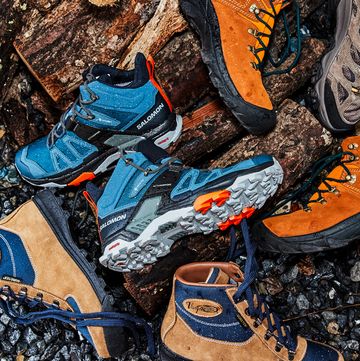
The Best Hiking Boots for Outdoor Adventures
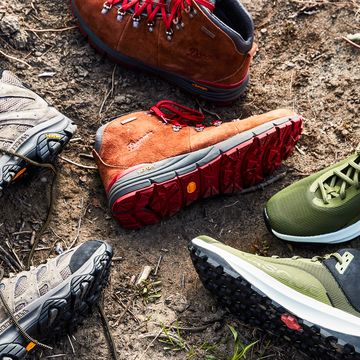
The 9 Best Lightweight Hiking Boots
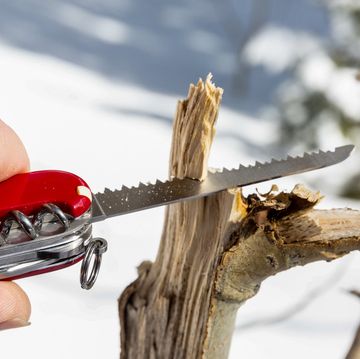
The 10 Best Swiss Army Knives for Home or Away
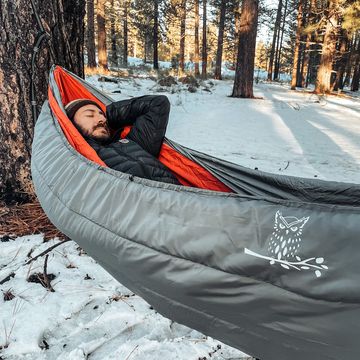
10 Best Hammock Underquilts
